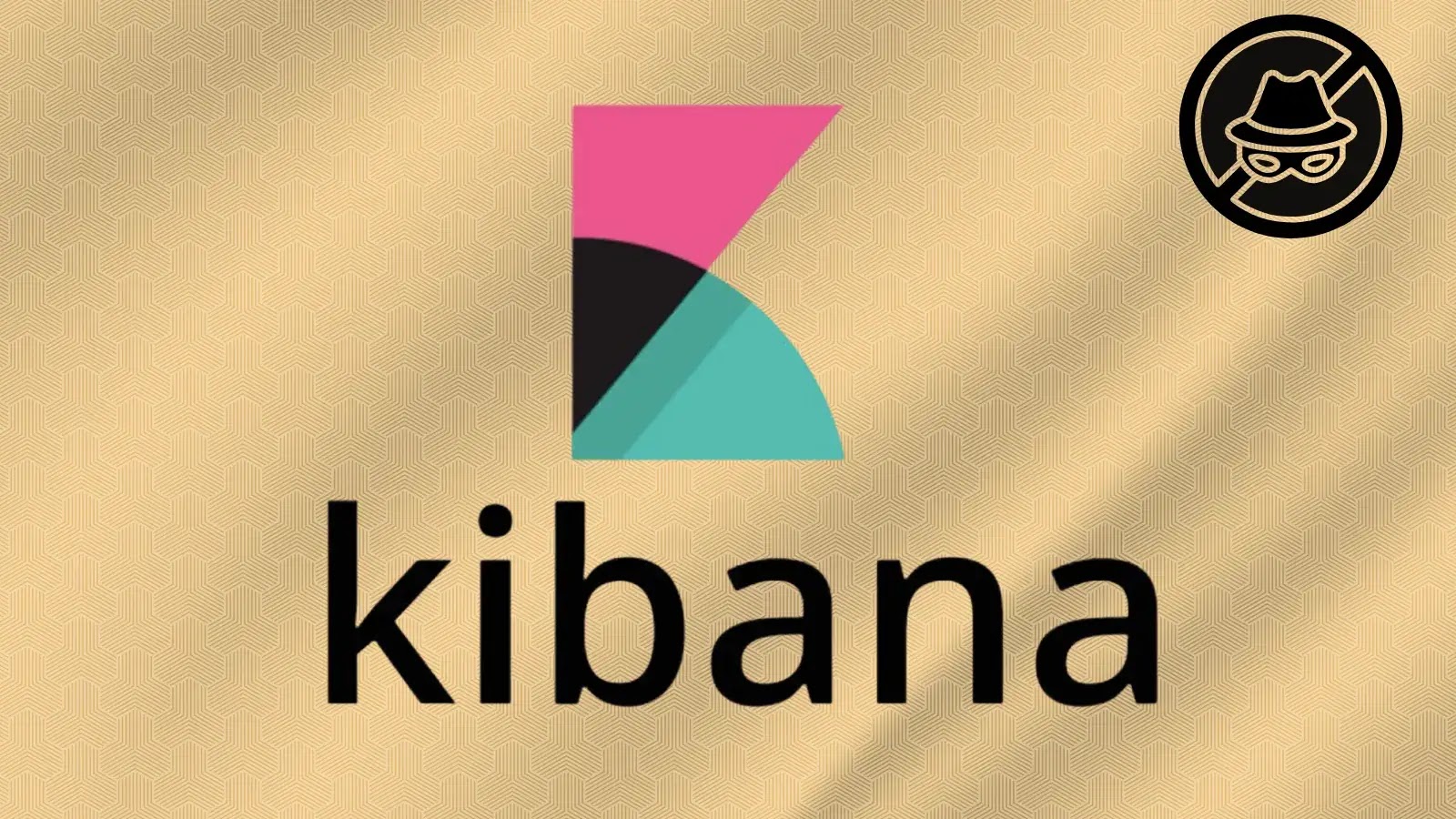
Multiple Kibana Vulnerabilities Enables SSRF and XSS Attacks
Kibana Under Attack: Unpacking Critical SSRF and XSS Vulnerabilities
Kibana, the popular open-source data visualization and exploration tool, is a staple in many organizations’ monitoring and analytics stacks. However, recent disclosures from Elastic Security reveal critical vulnerabilities that could turn this powerful tool into an entry point for sophisticated attacks. These security flaws, primarily identified as an inadequate origin validation issue within Kibana’s Observability AI Assistant, expose deployments to potential Server-Side Request Forgery (SSRF) and Cross-Site Scripting (XSS) attacks.
For IT professionals, security analysts, and developers relying on Kibana, understanding these vulnerabilities and their implications is paramount. This post delves into the specifics of these threats, their potential impact, and crucial remediation steps to safeguard your systems.
Understanding the Vulnerabilities: CVE-2025-37734
At the core of these critical Kibana vulnerabilities lies CVE-2025-37734, detailed in Elastic Security Advisory ESA-2025-24. This identifier points to an origin validation error specifically within the Observability AI Assistant component of Kibana. Origin validation is a fundamental security mechanism designed to ensure that requests received by a web application originate from trusted sources. When this validation is insufficient or improperly implemented, attackers can manipulate requests, leading to severe consequences.
In the context of Kibana, this inadequate validation opens the door to two distinct yet equally dangerous attack vectors: Server-Side Request Forgery and Cross-Site Scripting.
The Threat of Server-Side Request Forgery (SSRF)
An SSRF vulnerability allows an attacker to induce the server-side application to make HTTP requests to an arbitrary domain of the attacker’s choosing. While seemingly innocuous, the implications of a successful SSRF attack are severe, particularly against a service like Kibana that often has internal network access and elevated privileges.
- Internal Network Footprint: An attacker could force Kibana to scan internal networks, identifying other services and systems that are typically not exposed to the internet.
- Data Exfiltration: Sensitive internal data from databases, APIs, or other internal services could be retrieved by Kibana and potentially relayed back to the attacker.
- Port Scanning: SSRF can be used to perform port scans on internal infrastructure, mapping out available services and identifying potential targets for further exploitation.
- Bypassing Firewalls: Since the requests originate from the trusted Kibana server, they can often bypass perimeter firewalls and security controls, expanding the attack surface significantly.
The Dangers of Cross-Site Scripting (XSS)
Cross-Site Scripting (XSS) vulnerabilities occur when a web application allows untrusted data to be injected into the response sent to a user’s browser without proper sanitization. This injected data, often malicious client-side script, then executes in the context of the victim’s browser, as if it originated from the legitimate website.
In a Kibana environment, an XSS attack could lead to:
- Session Hijacking: Attackers could steal session cookies, gaining unauthorized access to a user’s Kibana session, potentially including administrators.
- Defacement: Malicious scripts could alter the appearance or content of Kibana dashboards and visualizations, leading to misinformation or disruption.
- Phishing Attacks: XSS can be used to redirect users to malicious websites or display fake login prompts to harvest credentials.
- Malware Distribution: Exploiting XSS could potentially lead to the download and execution of malware on a victim’s machine.
Remediation Actions
Addressing these Kibana vulnerabilities promptly is critical to maintaining the security and integrity of your monitoring and analytics infrastructure. Elastic Security has released patches and advisories to mitigate these issues. Your primary course of action should be to update your Kibana deployments immediately.
- Update Kibana: Consult the official Elastic Security Advisory (ESA-2025-24) to identify the specific patched versions for your Kibana deployment. Prioritize upgrading to the latest secure versions as recommended by Elastic.
- Review Observed AI Assistant Configuration: While the primary fix is an update, review configurations related to the Observability AI Assistant. Ensure it operates with the principle of least privilege, and restrict its network access where feasible.
- Network Segmentation: Implement strict network segmentation to limit the potential blast radius of an SSRF attack. Isolate Kibana servers from sensitive internal systems to prevent unauthorized access.
- Input Validation and Output Encoding: Although the vulnerability is at the origin validation level, ongoing best practices for any web application include robust input validation and output encoding to prevent similar XSS and other injection attacks.
- Regular Security Audits: Conduct frequent security audits and penetration testing of your Kibana deployments and the surrounding infrastructure to identify and address potential weaknesses before they can be exploited.
Tools for Detection and Mitigation
Leveraging the right tools can significantly enhance your ability to detect and mitigate similar vulnerabilities in your web applications.
| Tool Name | Purpose | Link |
|---|---|---|
| OWASP ZAP | Automated web application security scanner for identifying various vulnerabilities, including XSS and SSRF. | https://www.zaproxy.org/ |
| Burp Suite | Integrated platform for performing security testing of web applications, offering robust proxy, scanner, and intruder capabilities. | https://portswigger.net/burp |
| Nessus | Vulnerability scanner that identifies security weaknesses and misconfigurations in systems and applications. | https://www.tenable.com/products/nessus |
| Elastic Stack Security Features | Built-in security features within Kibana and Elasticsearch, such as role-based access control, encryption, and audit logging. | https://www.elastic.co/security |
Key Takeaways for Securing Kibana
The disclosure of CVE-2025-37734 underscores the continuous need for vigilance in cybersecurity. Critical vulnerabilities in widely used tools like Kibana can have far-reaching consequences if left unaddressed. Prioritizing updates, implementing robust network segmentation, and adopting a proactive security posture—including regular audits and the use of security testing tools—are essential for protecting your data within the Elastic Stack. Staying informed about official security advisories from vendors like Elastic is your first line of defense against emerging threats.





